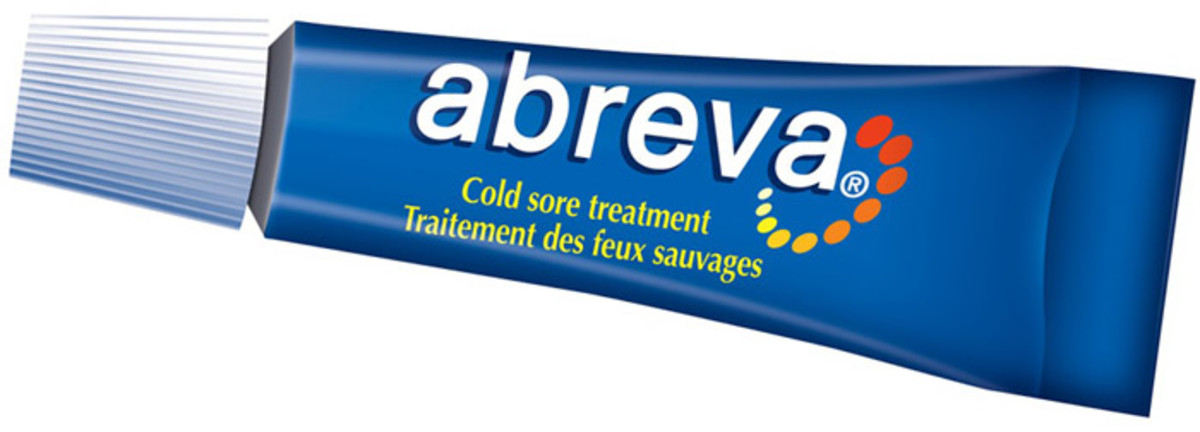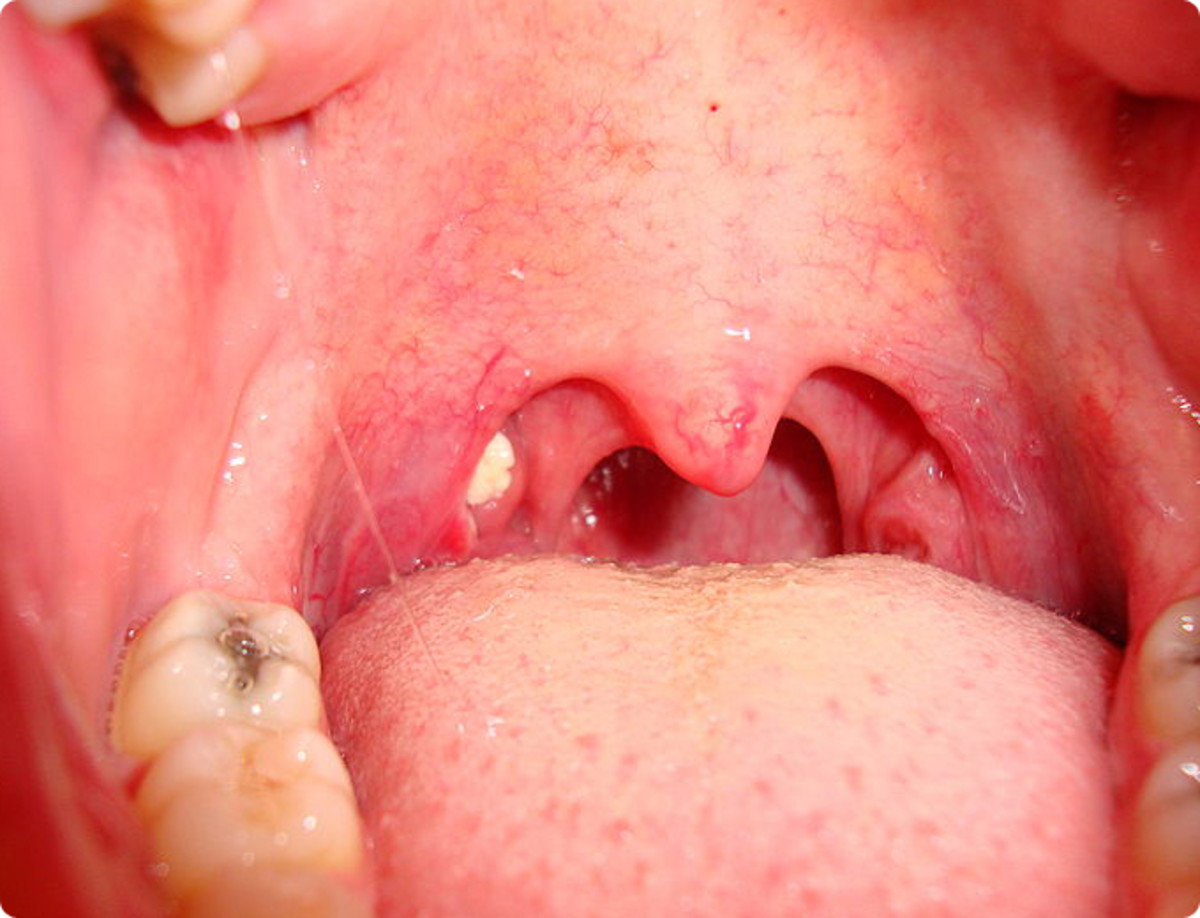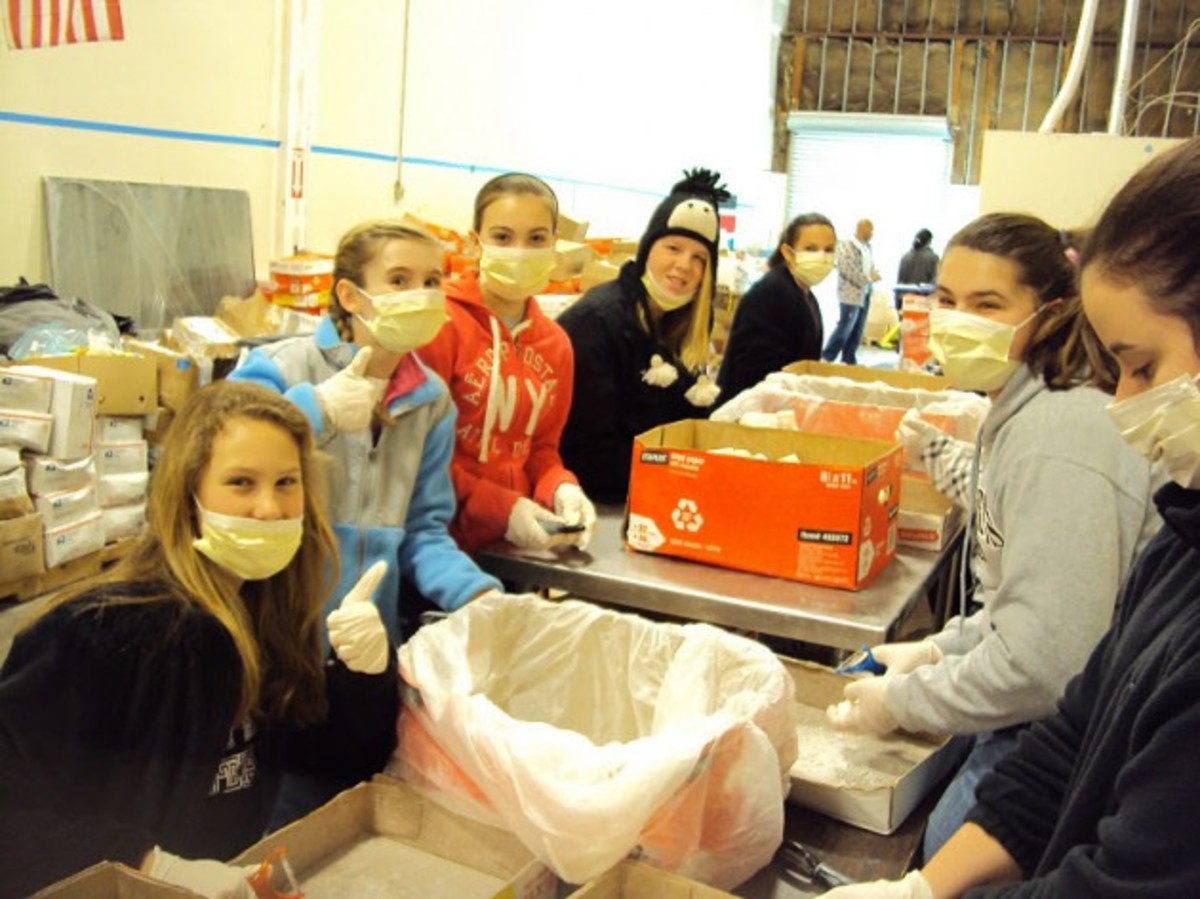Ehec: E Coli Facts
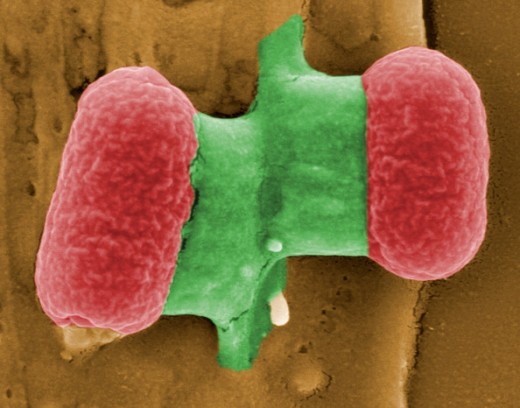
What is ehec or ecoli?
The ehec bacteria is commonly known as ecoli. The scientific name is Enterohaemorrhagic Escherichia coli or for short, bacteria Escherichia coli.
The ecoli bacteria is usually found in the intestines of humans and other warm-blooded animals because there, it can multiply easily due to the warm environment. There are different types of this bacteria but the ecoli can be food borne which can cause severe problems after consumption of affected foods. Serious gastrointestinal problems can occur after consumption which can also prove fatal if not treated immediately.
Being food borne poses a dangerous threat to communities that have very limited water supply or in the case where food is not properly cooked. Water stagnation and foods stored at room temperature can also host the bacteria.
Foods usually affected by ehec bacteria are raw meat, uncooked vegetables and unsterilized milk. But other foods can carry the bacteria too, such as some fruits and vegetables. An infected person can also easily contaminate food that was previously properly prepared.
In some cases the ecoli will not over grow but it can be life threatening non-the-less, especially in older folk and children, whose immune systems are somewhat weaker.
The ehec bacteria produces toxins that can reproduce in temperatures as low as 7*C – 50*C. They can also multiply in acidic and dehydrated foods such as milk and dried meats such as jerky. It can only be destroyed in temperatures of 70*C and higher. Foods must be thoroughly cooked to prevent transmission.
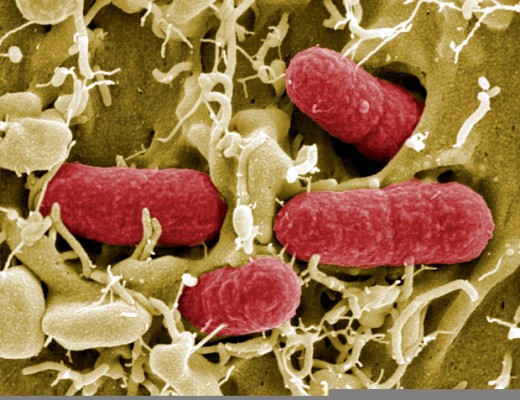
How is the EHEC bacterial transmitted?
According to the World Health Organization, ecoli is transmitted through the consumption of raw uncooked vegetables, fruits, undercooked meat, milk and contaminated water. It is also transmitted from a person being contaminated handling your food and drink. That is why it is very important to make sure hands are properly sanitized before food preparation.
It is known that mammals are the primary transmitters of the disease with the main culprit being cattle. To a lesser extent sheep, goats and deer have also been primary hosts to the bacteria, but other animals such as poultry, pigs, dogs, cats, rabbits and horse have also known to carry the ehec bacteria.
It is then very important that meats being consumed is prepared in temperatures higher than 70*C in order to destroy any traces of the bacteria.
Humans are usually affected by eating contaminated foods but can infect another by the oral-fecal route. That means, infected persons using the toilet should make sure they use stay away from preparing foods or they cleanse with an antibacterial before handling food.
Infected persons transmit the bacteria when they in turn contaminate food that is eaten by another person. Other than eating host foods, person-to-person contamination is the second most popular way of contracting the bacteria. There are times an infected person transmits the bacteria before they start to show any signs or symptoms so person should always exercise caution when consuming or preparing food and drink.
Symptoms
Infection of the EHEC bacteria causes severe abdominal cramps, diarrhea, bloody stool (hemorrhagic colitis), fever and vomiting occurs in some cases. The bacteria start to show its signs within three to eight days of initial contraction and in rare cases three to four days. Children and the elderly are more at risk of fatality due to weaker immune systems, but the recovery process usually takes up to ten days.
The EHEC bacteria can cause what is known as hemolytic uremic syndrome (HUS) disease, which produces acute renal failure and a low platelet count. It is reported that one in every ten persons infected with the bacteria will develop the disease and 3 -5 of every 100 persons with the disease is likely to die.
There are also cases where patients have had strokes, seizures and comas due to this illness
~~~~~~
Conclusion.
Antibiotics can increase the risk of the HUS disease and is not included in treatment of the ehec disease. Persons showing symptoms must be taken to the emergency immediately in order to reduce fatality or more severe problems.
Here are some tips to help prevent contamination
• Make sure all meats are properly cooked at temperatures of 70*C and over.
• Treat water for potability
• Regular hand washing
• Sterilize surface areas that meat was handled to prevent contamination of other foods and utensil.
• If you suspect someone in your household to have contracted the bacteria, take them to the hospital immediately and prevent them from preparing any food or drink.
• Drink only pasteurized milk



